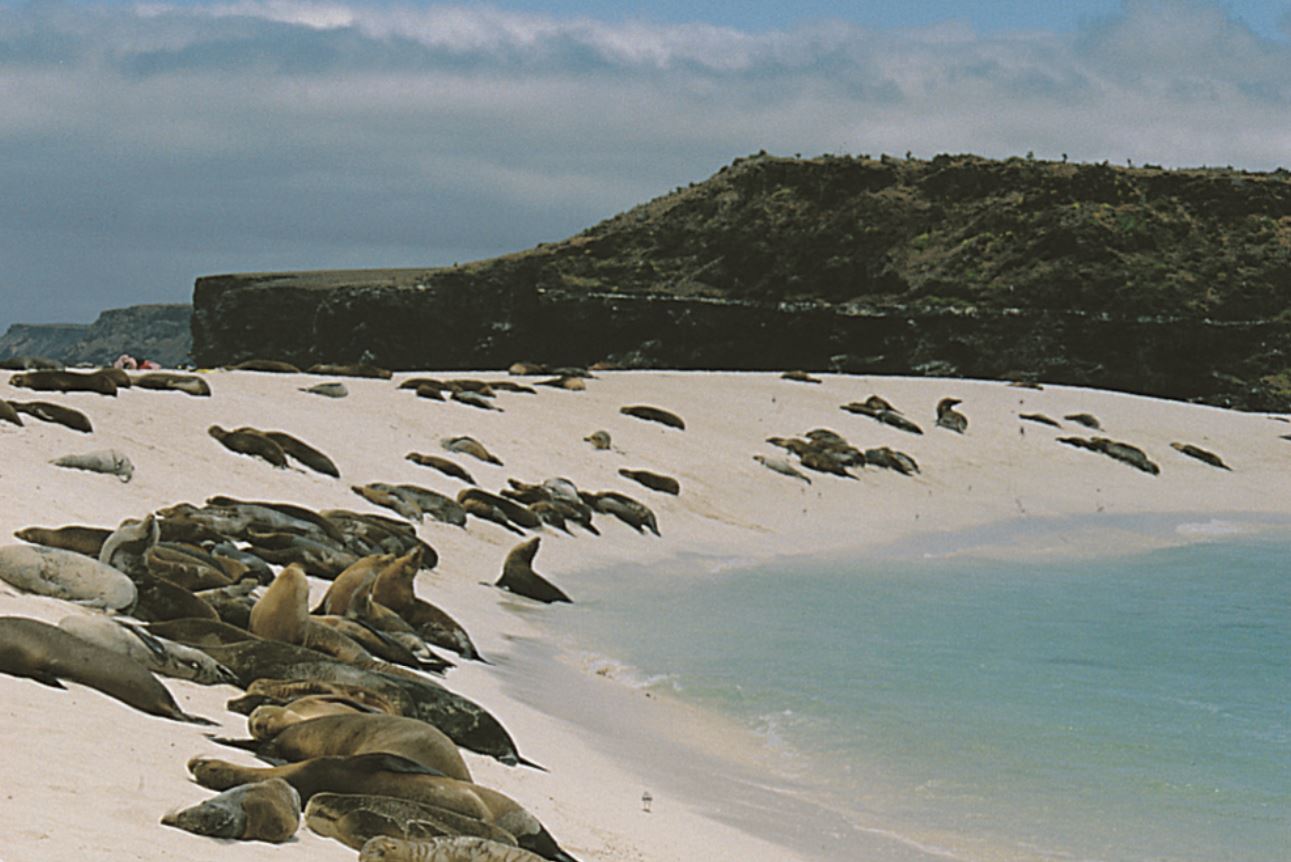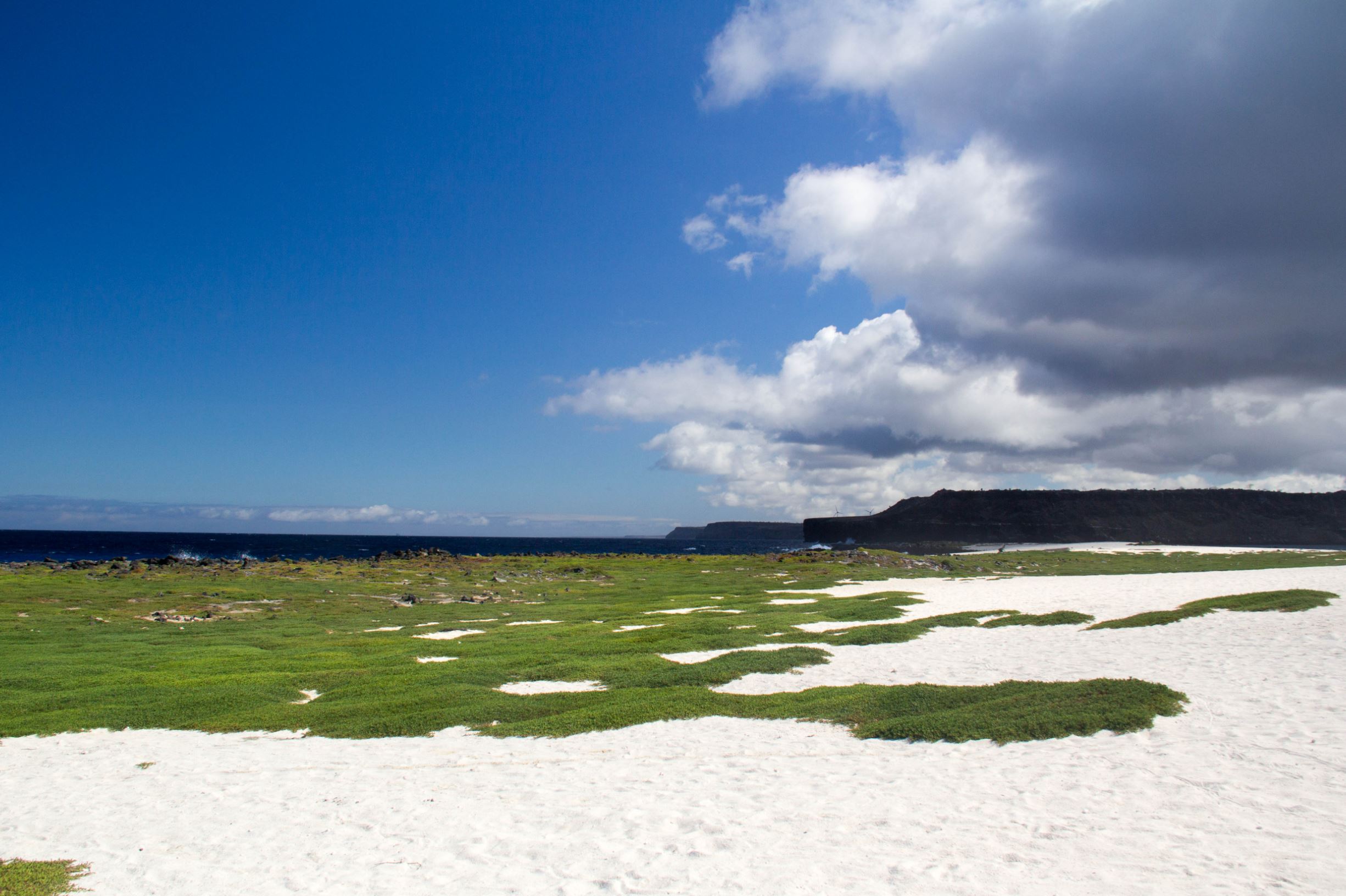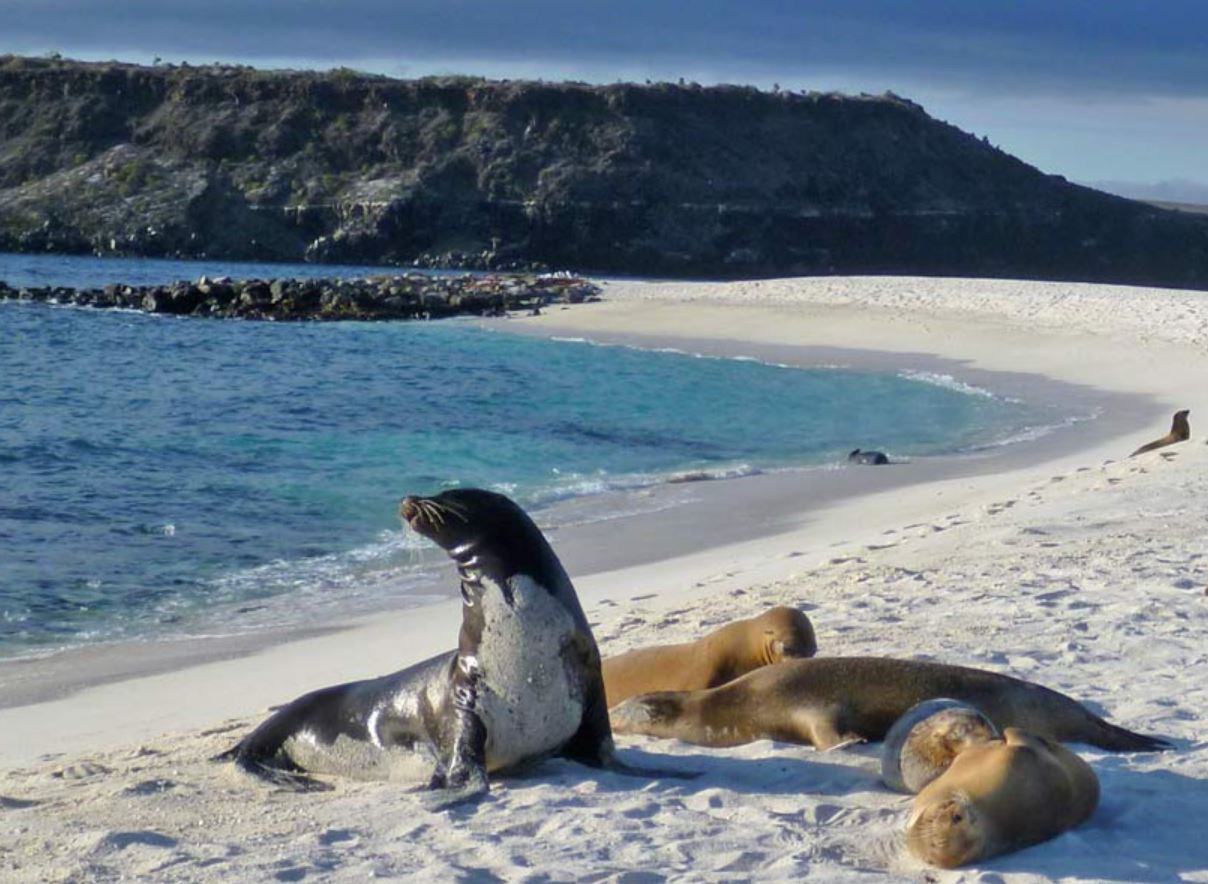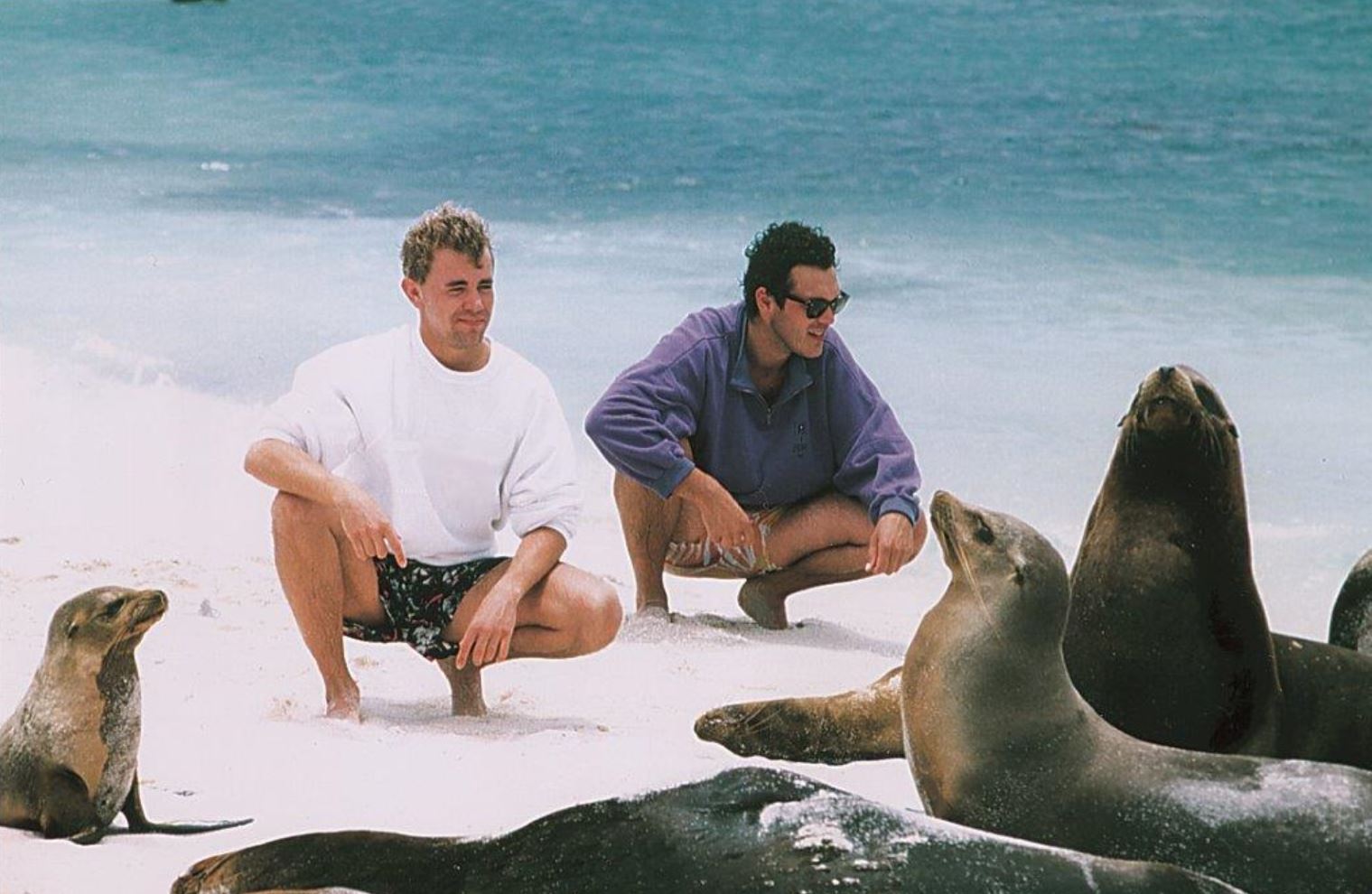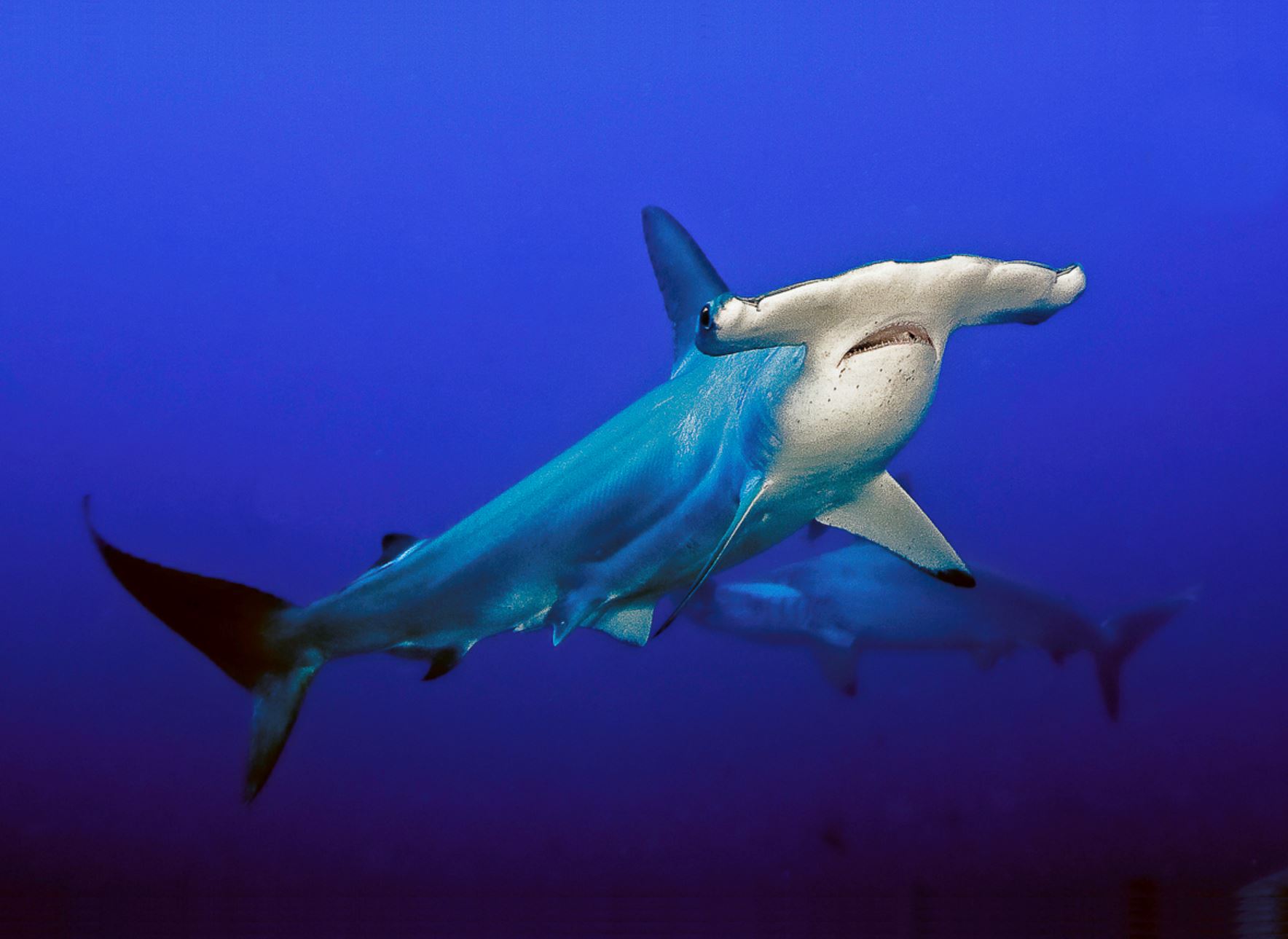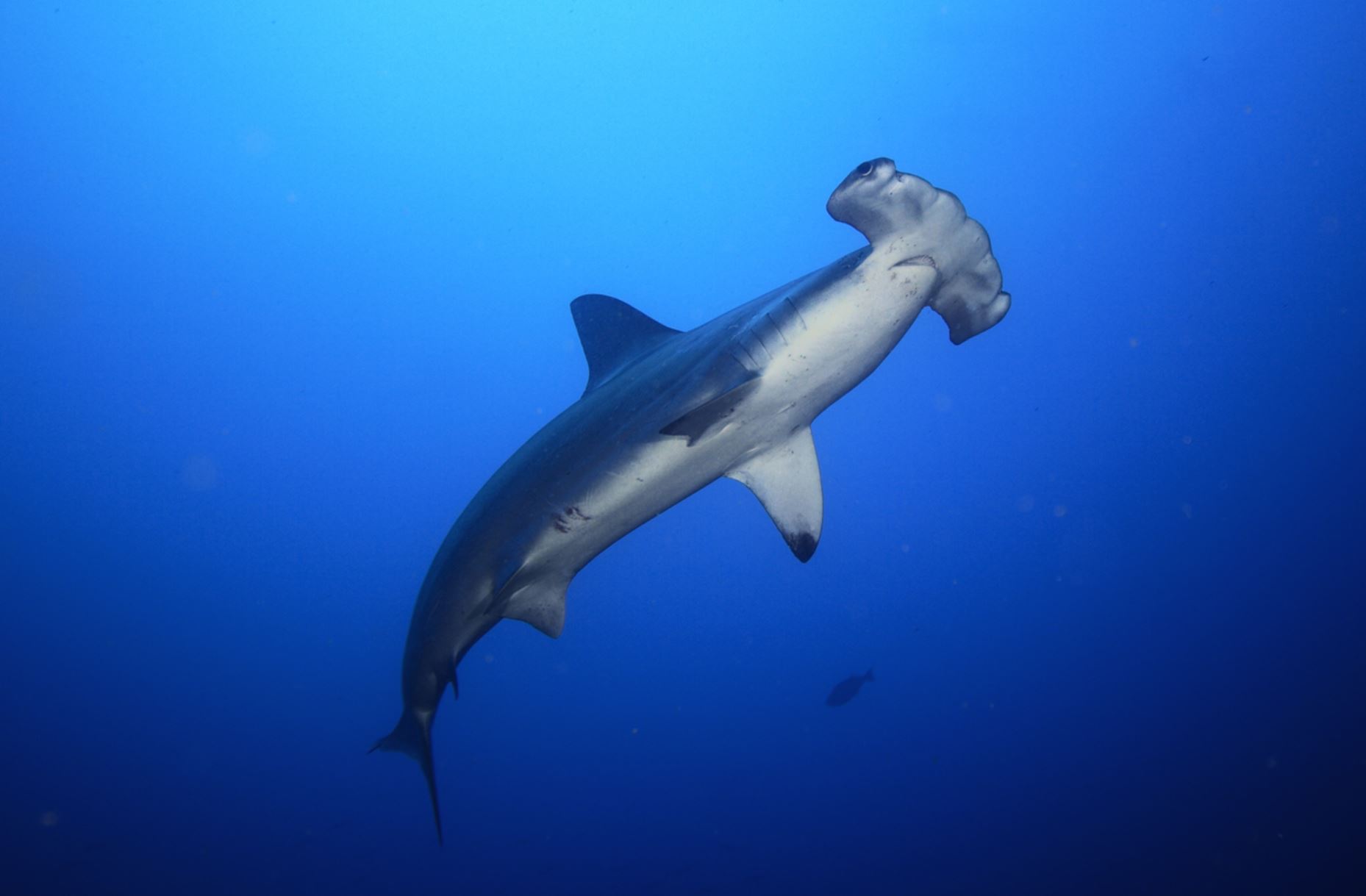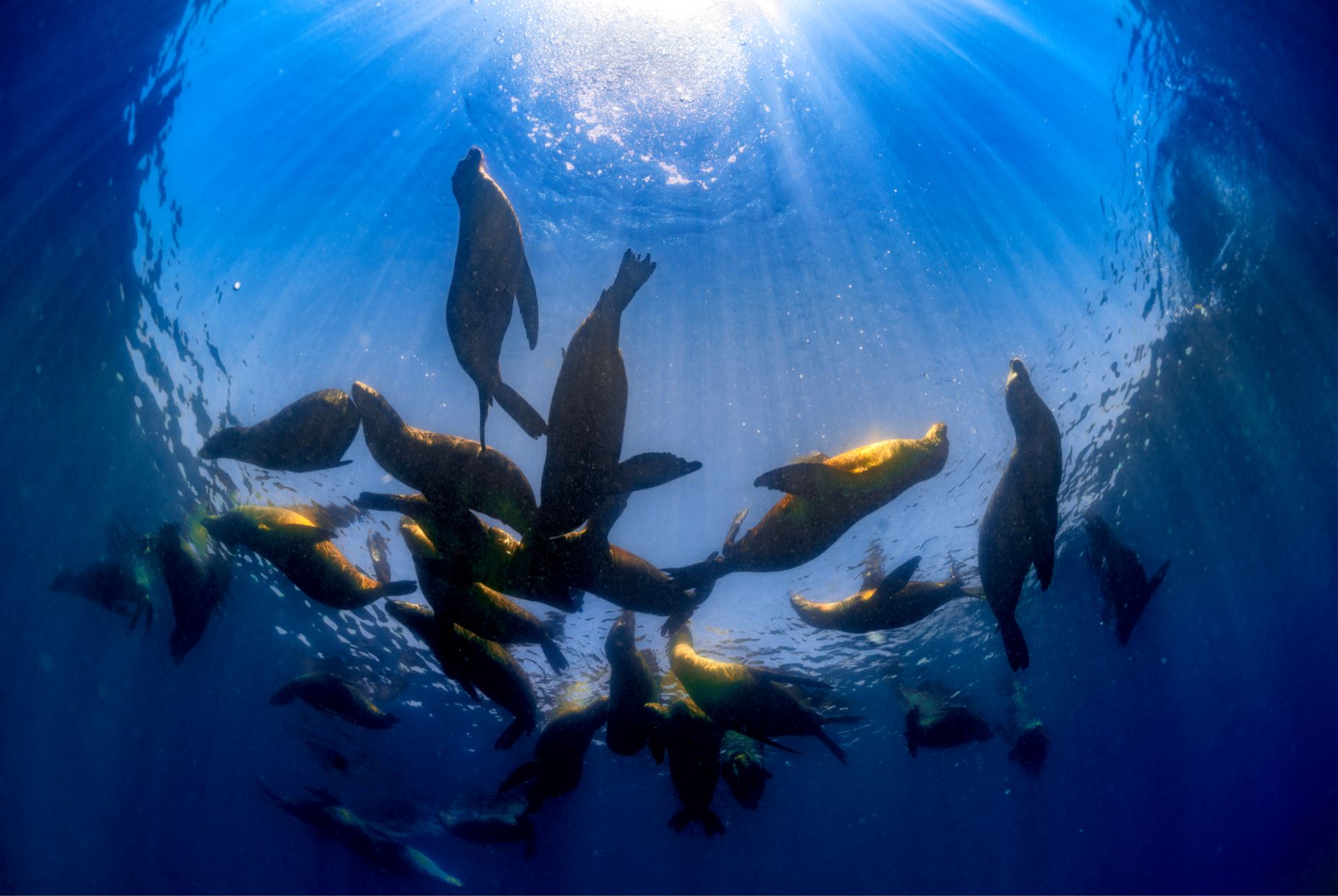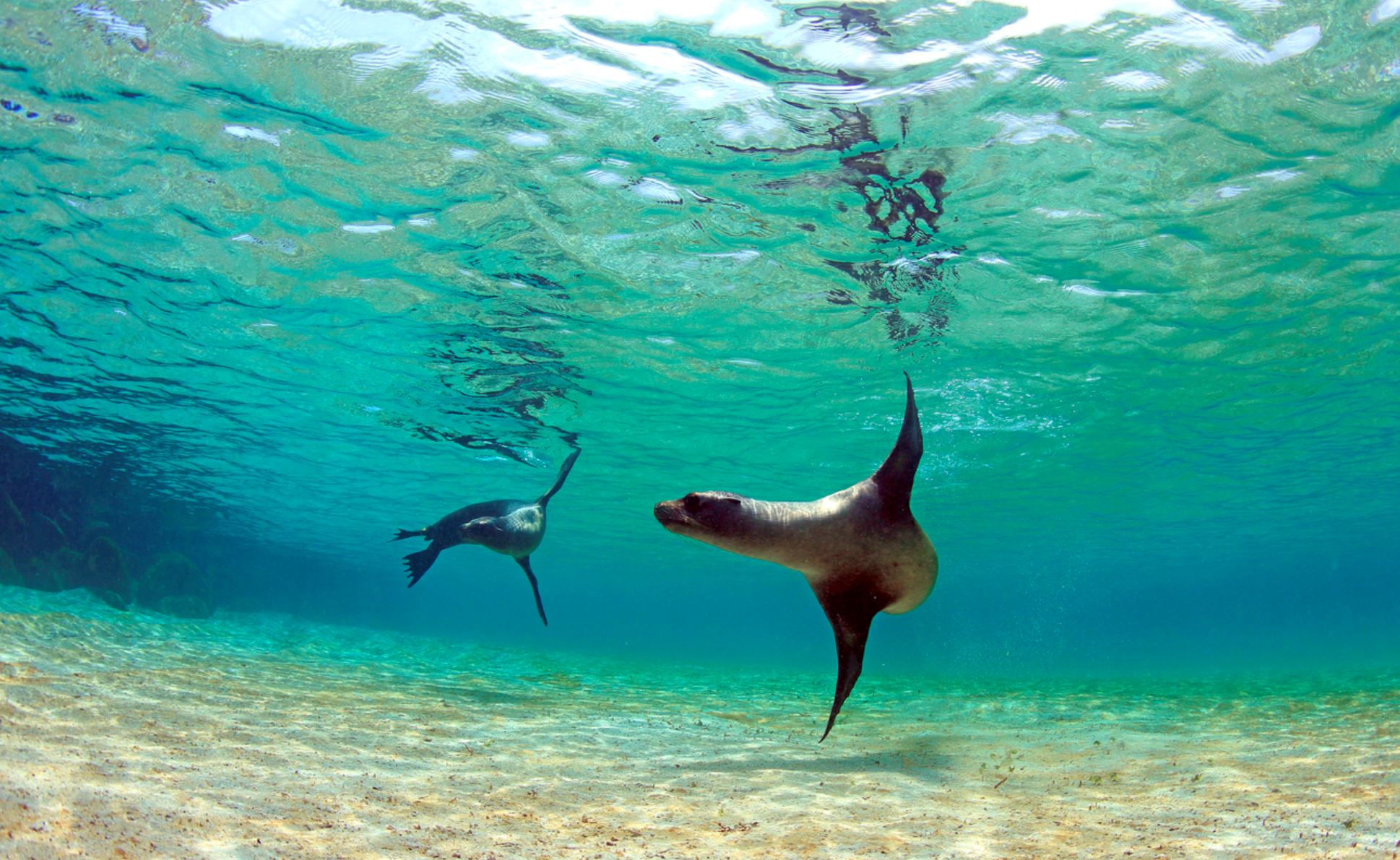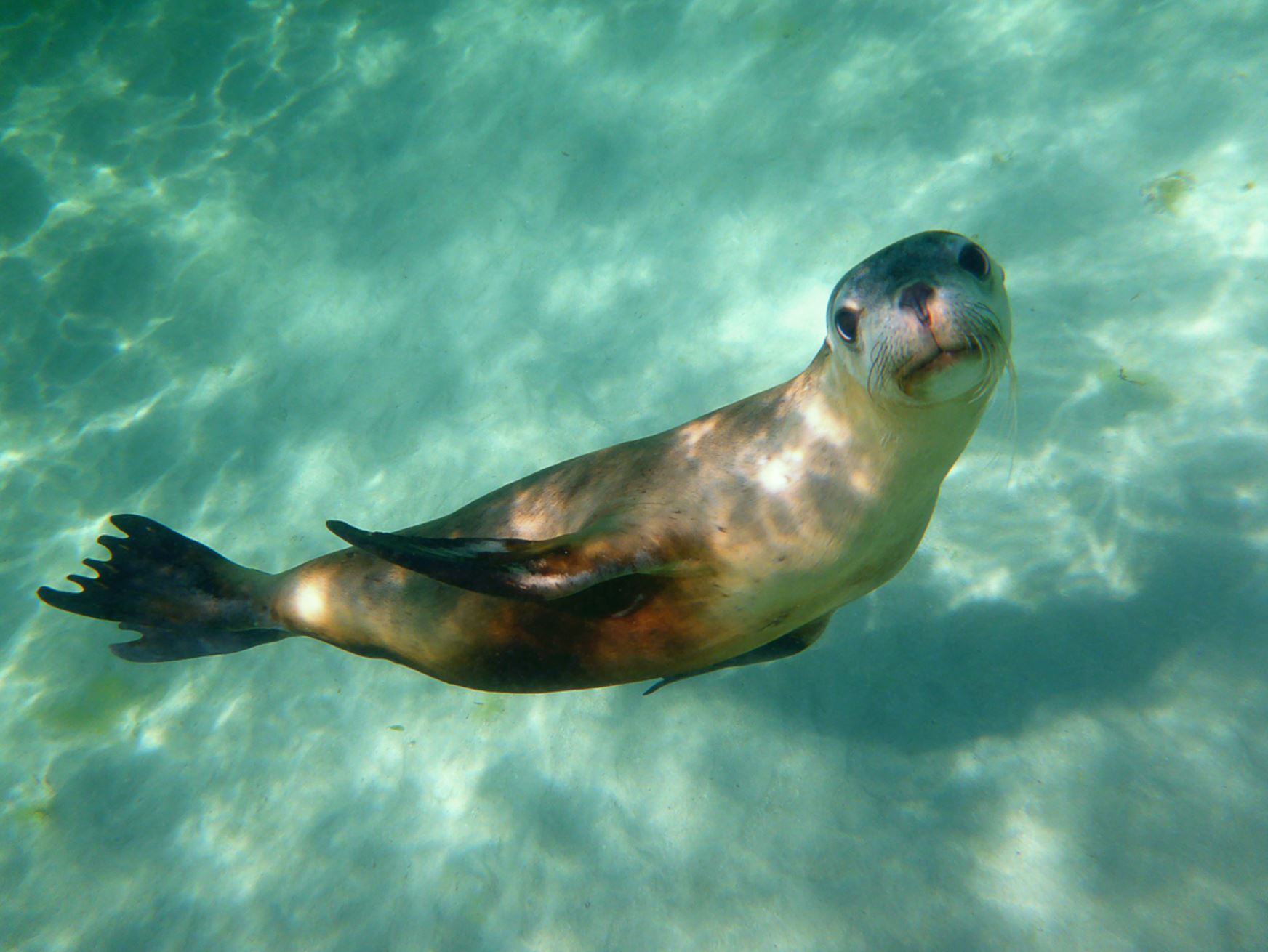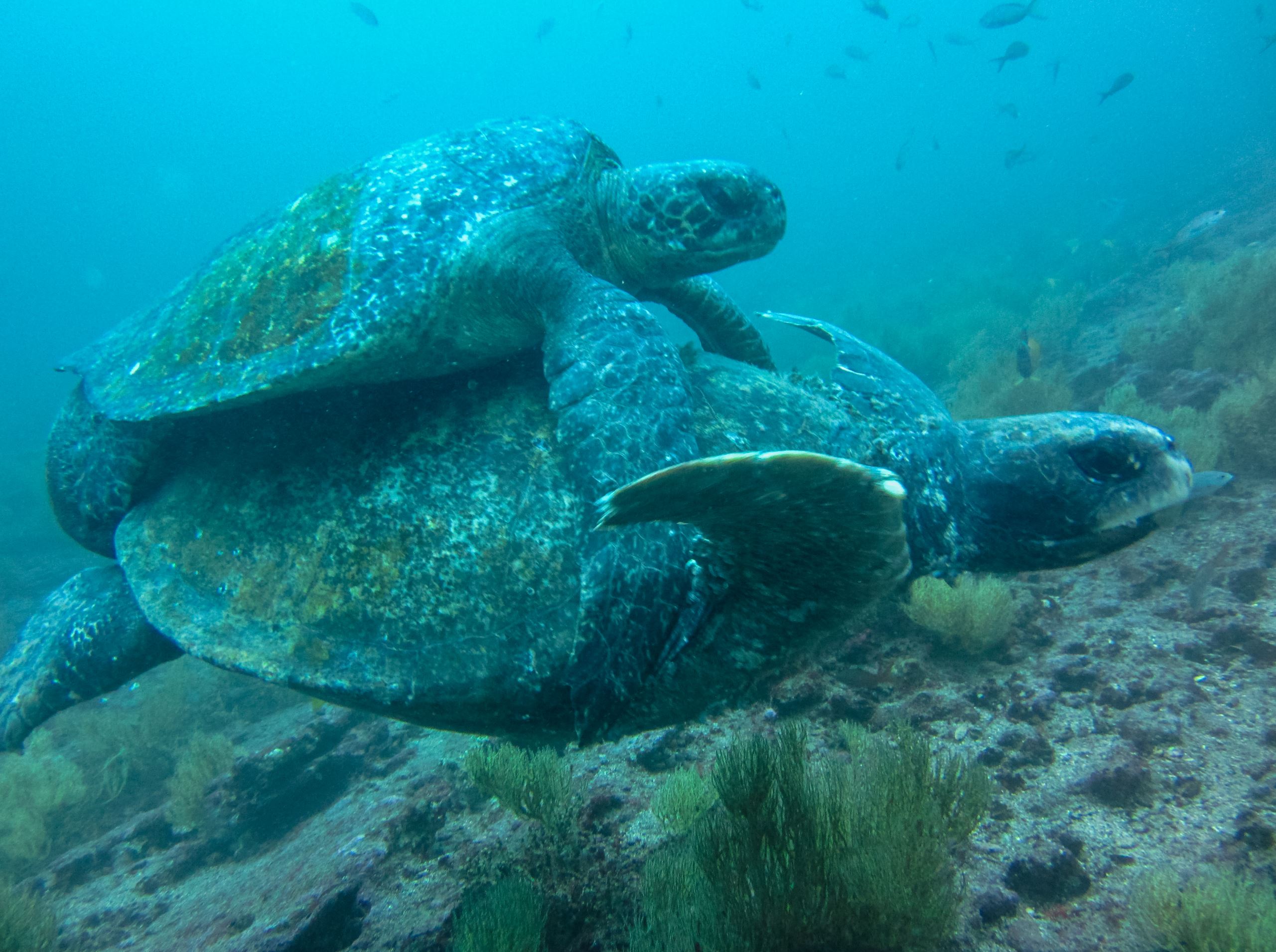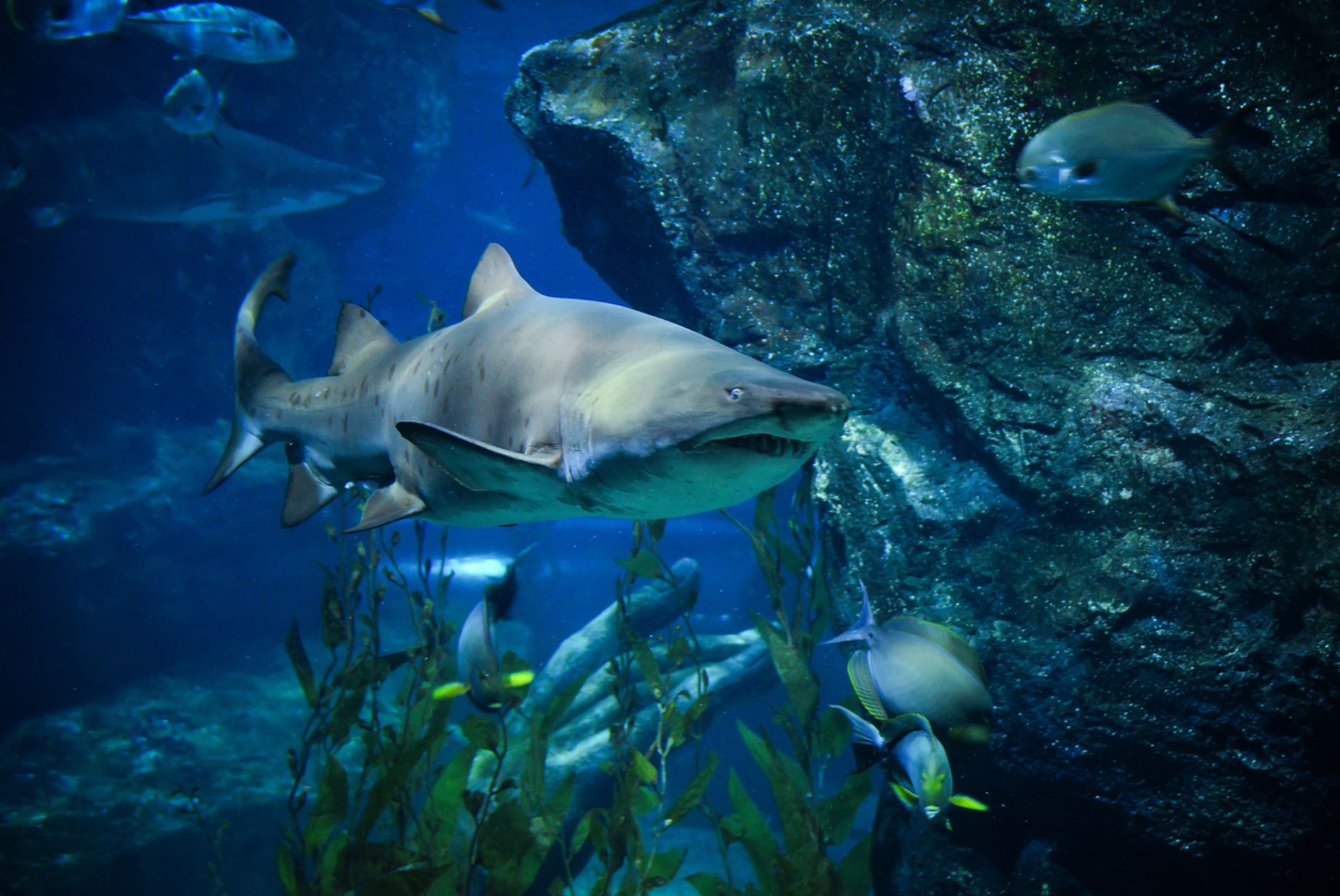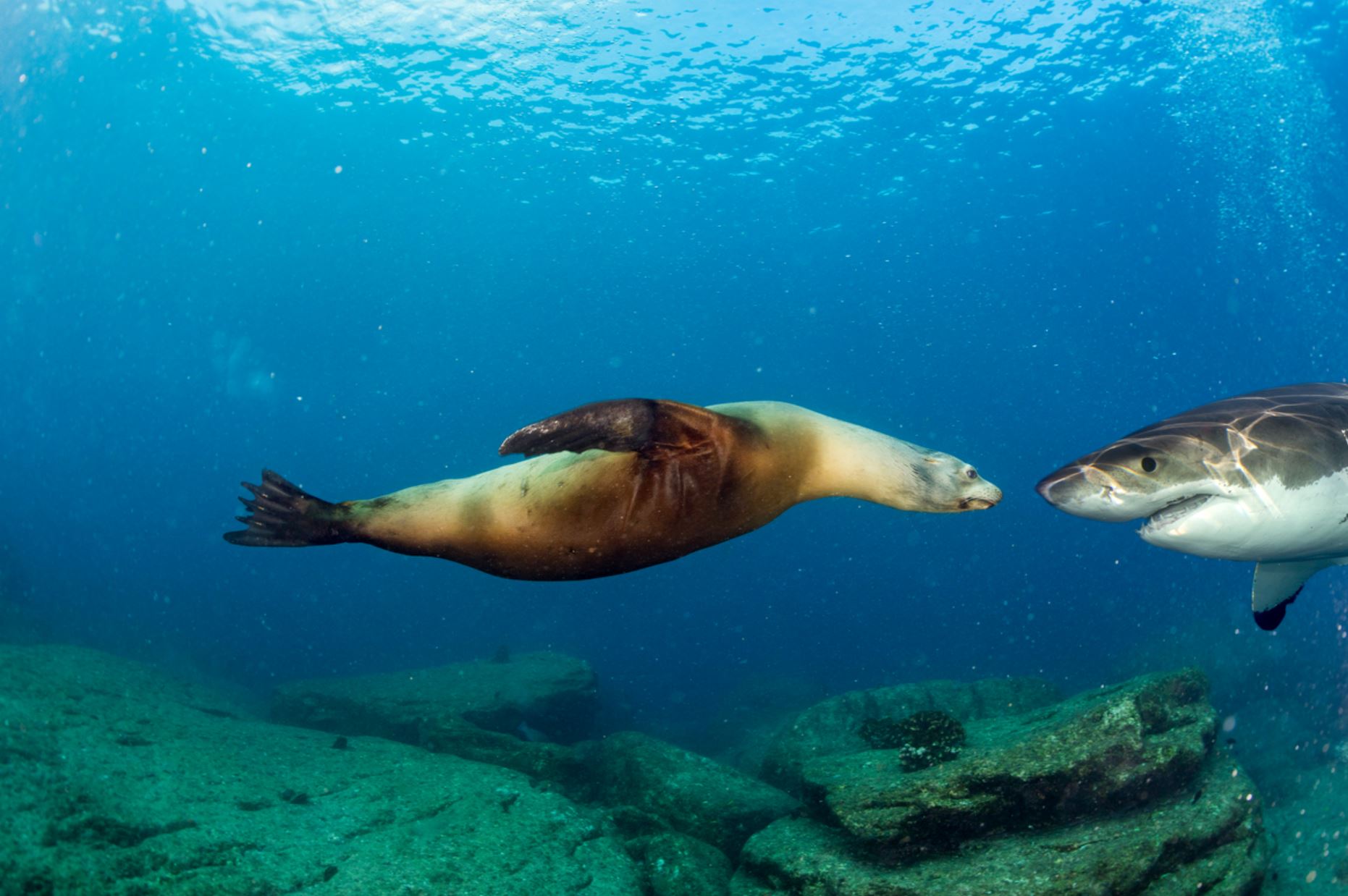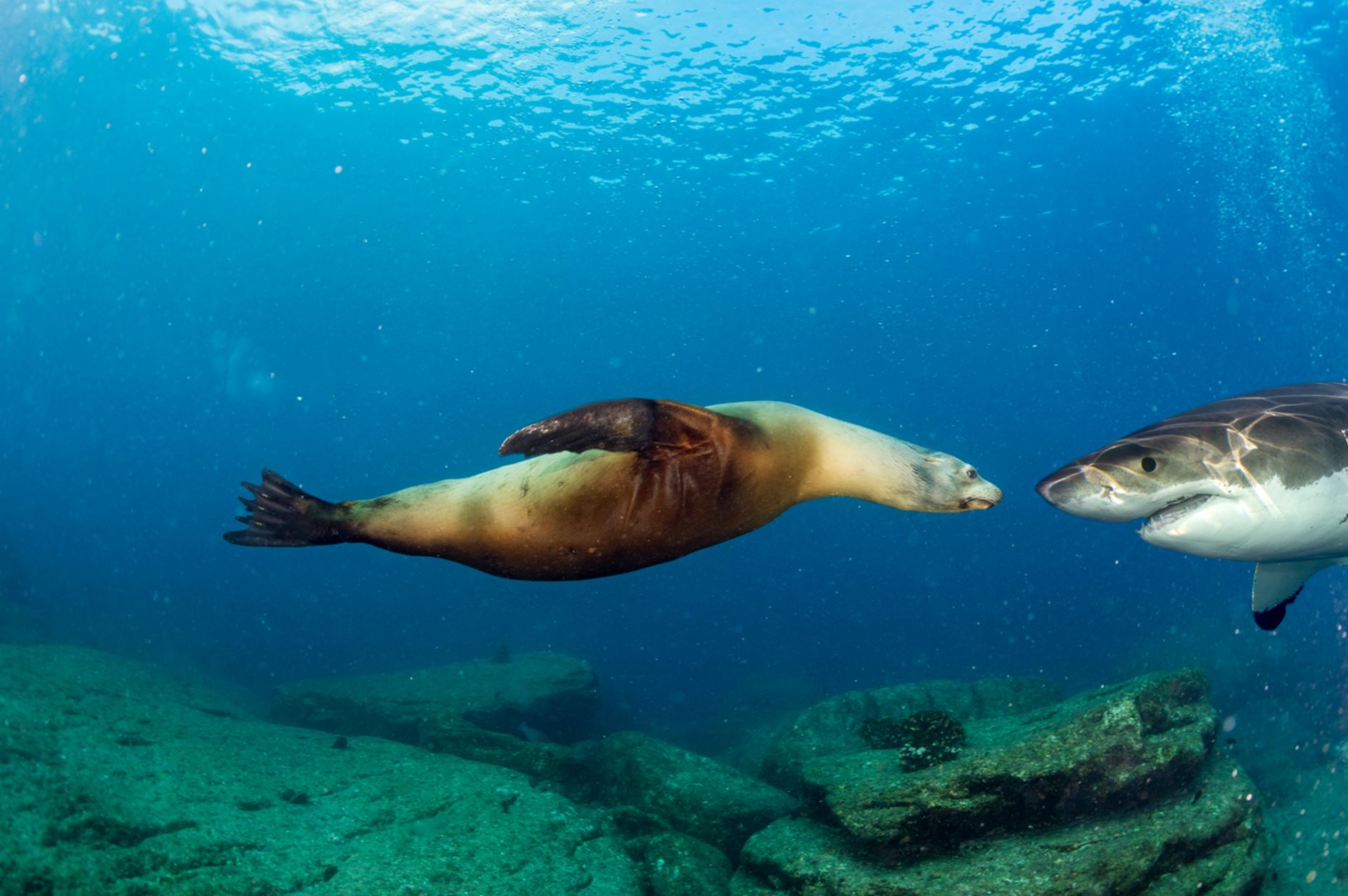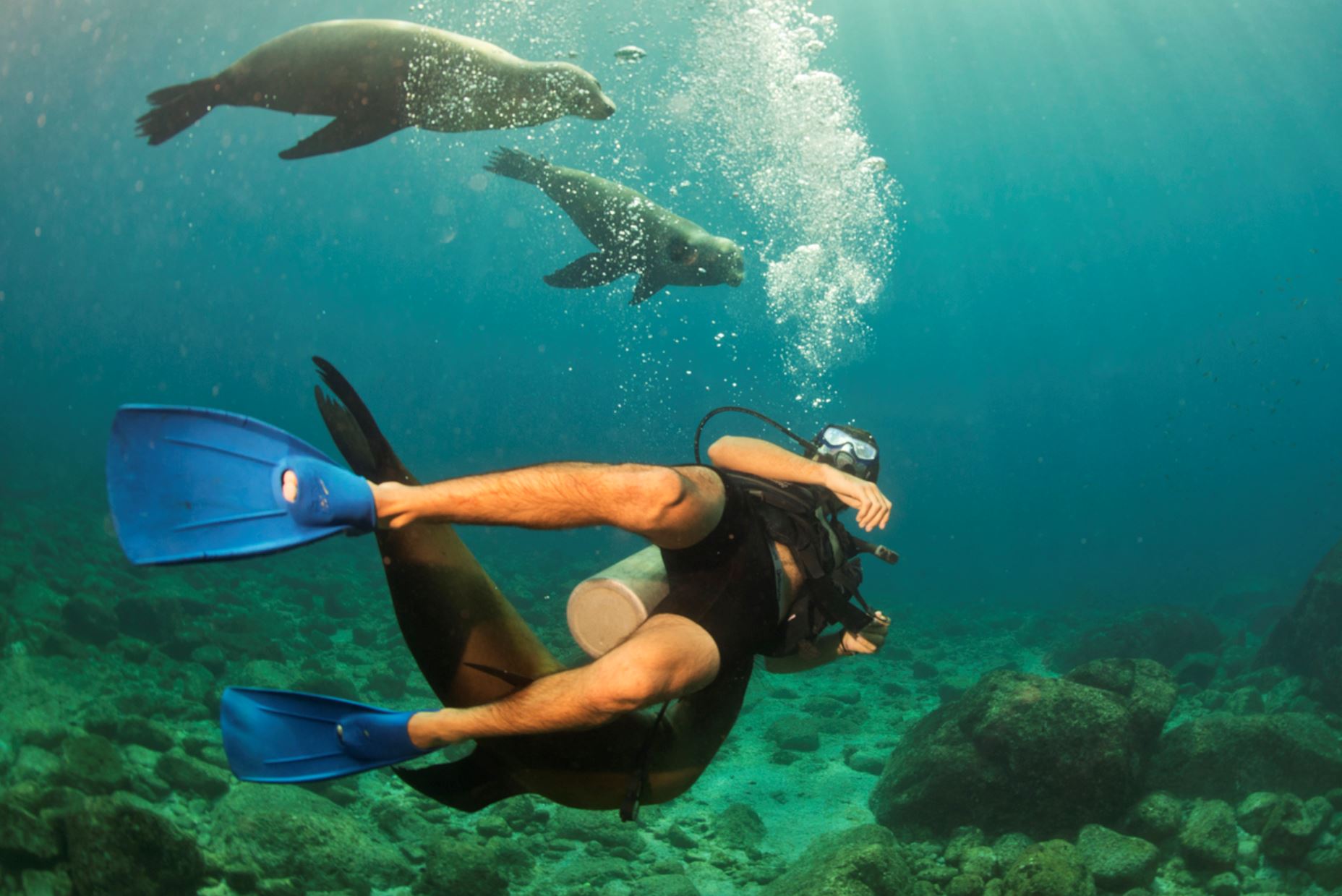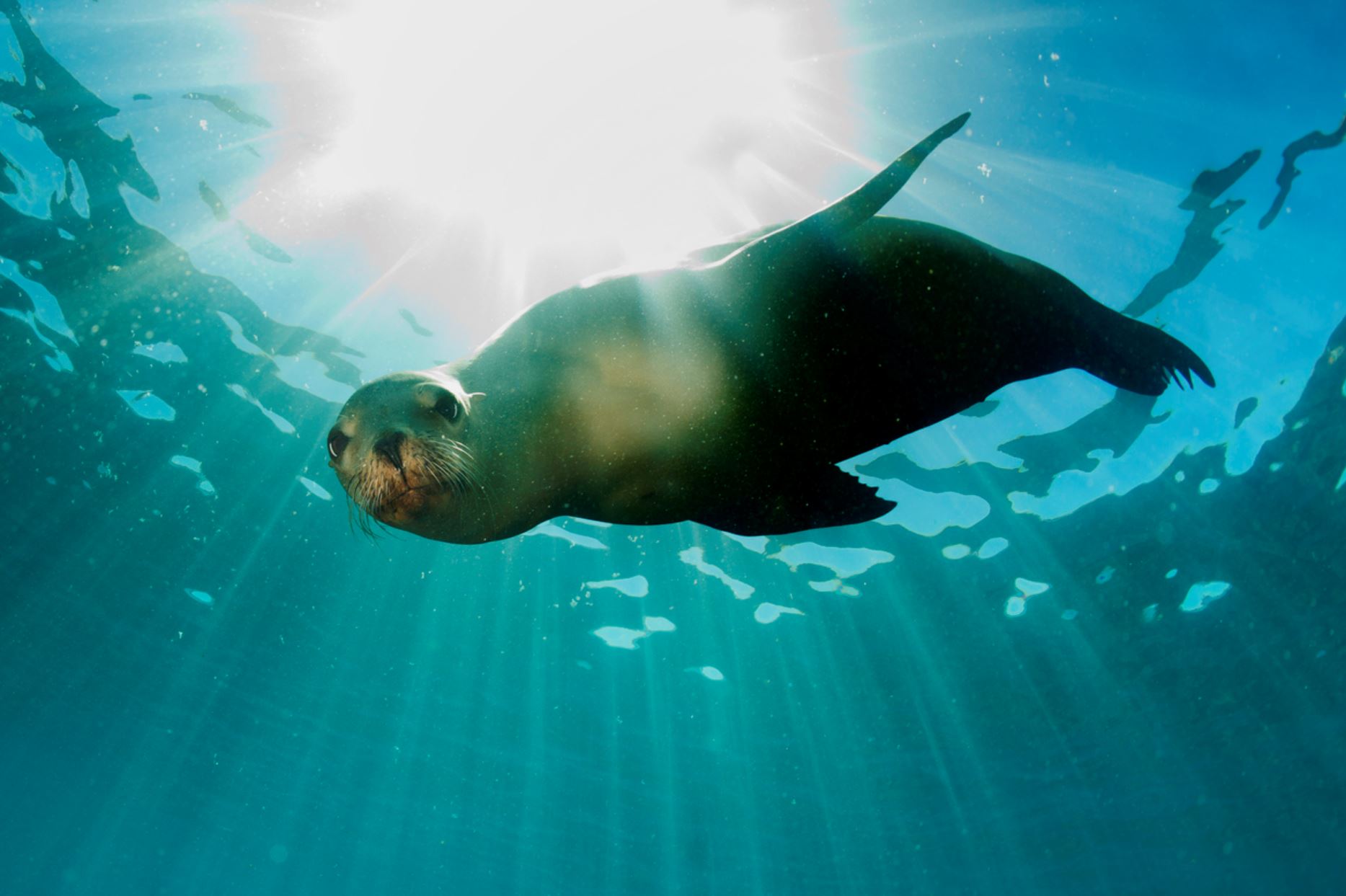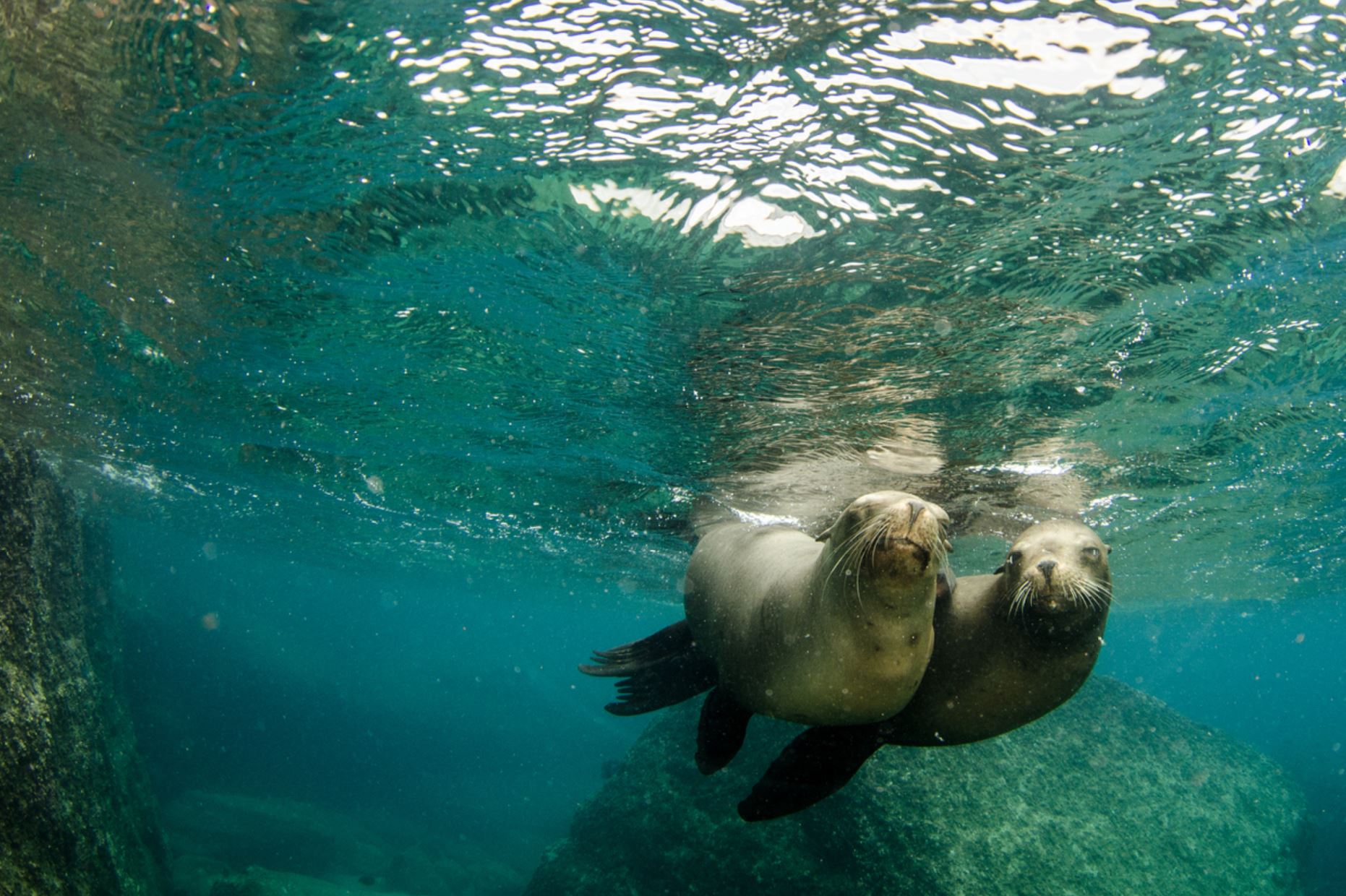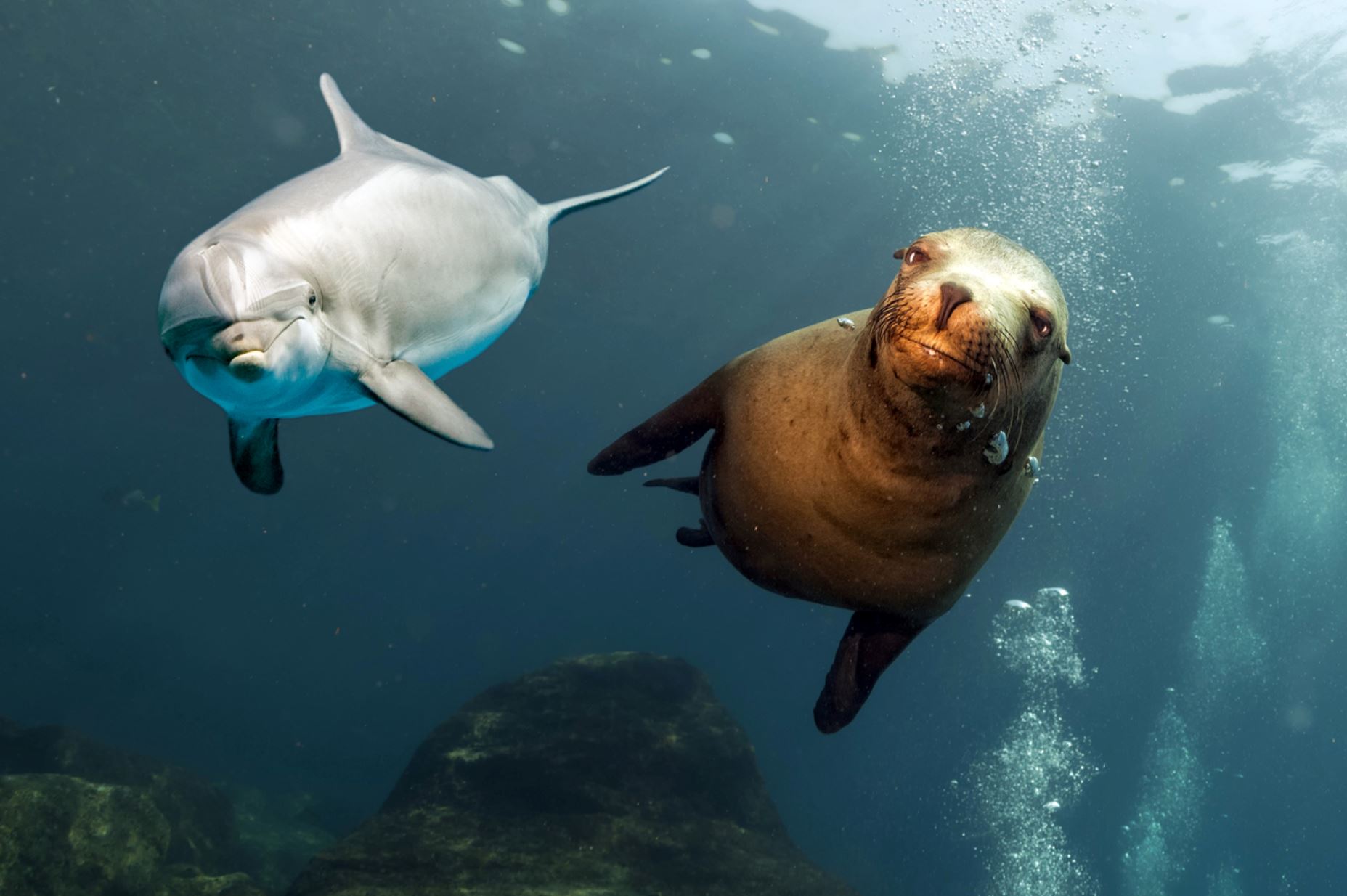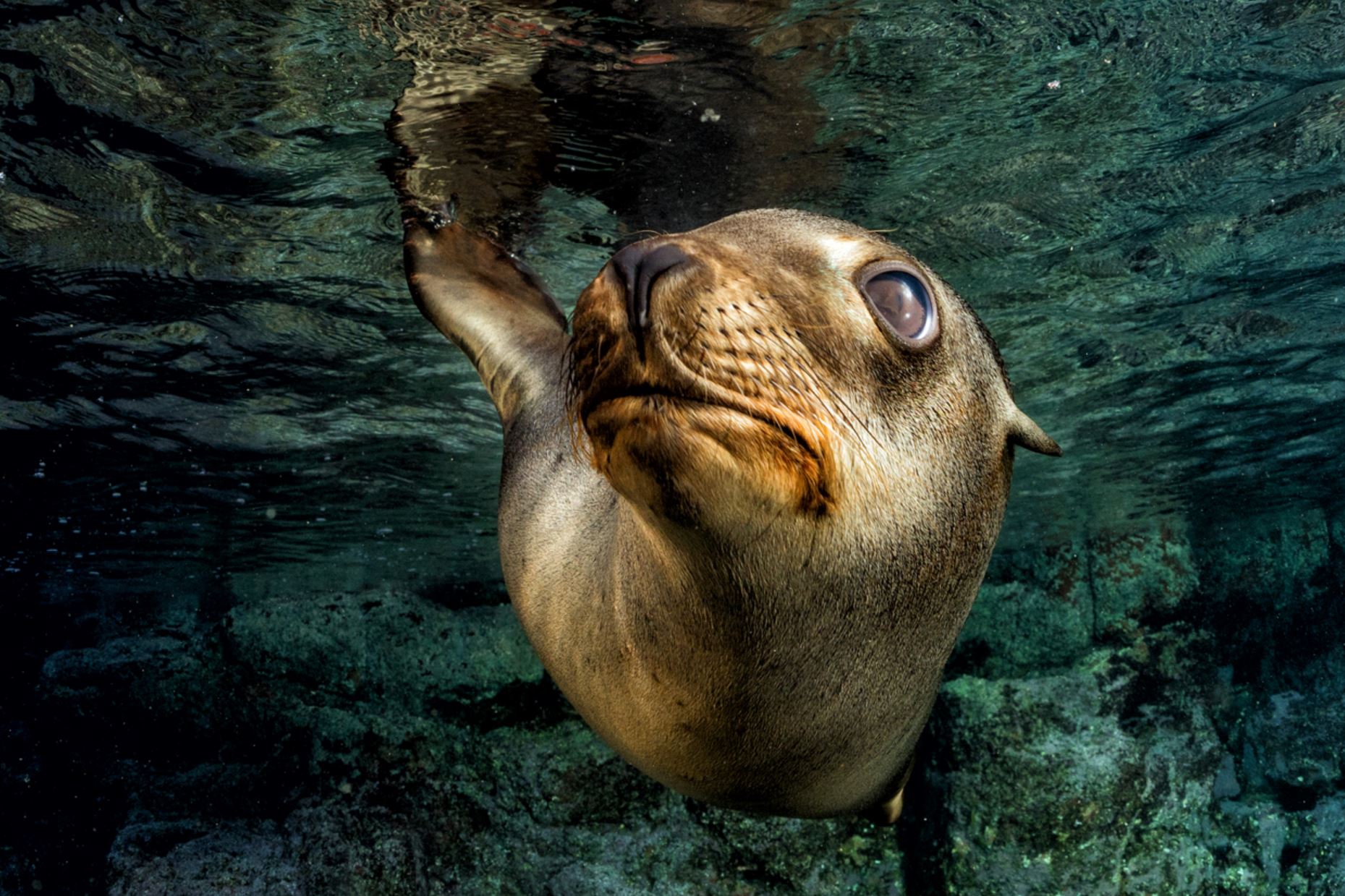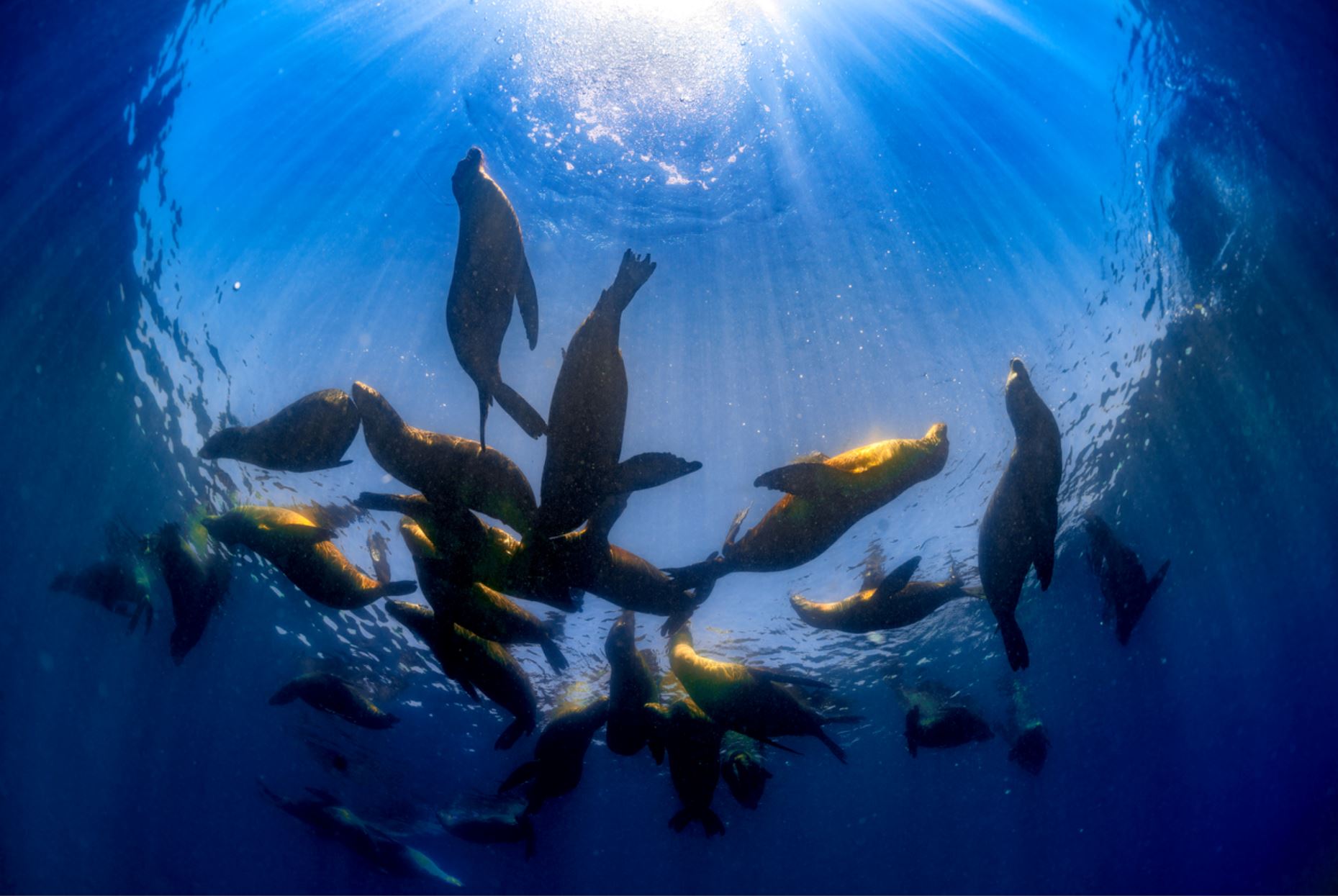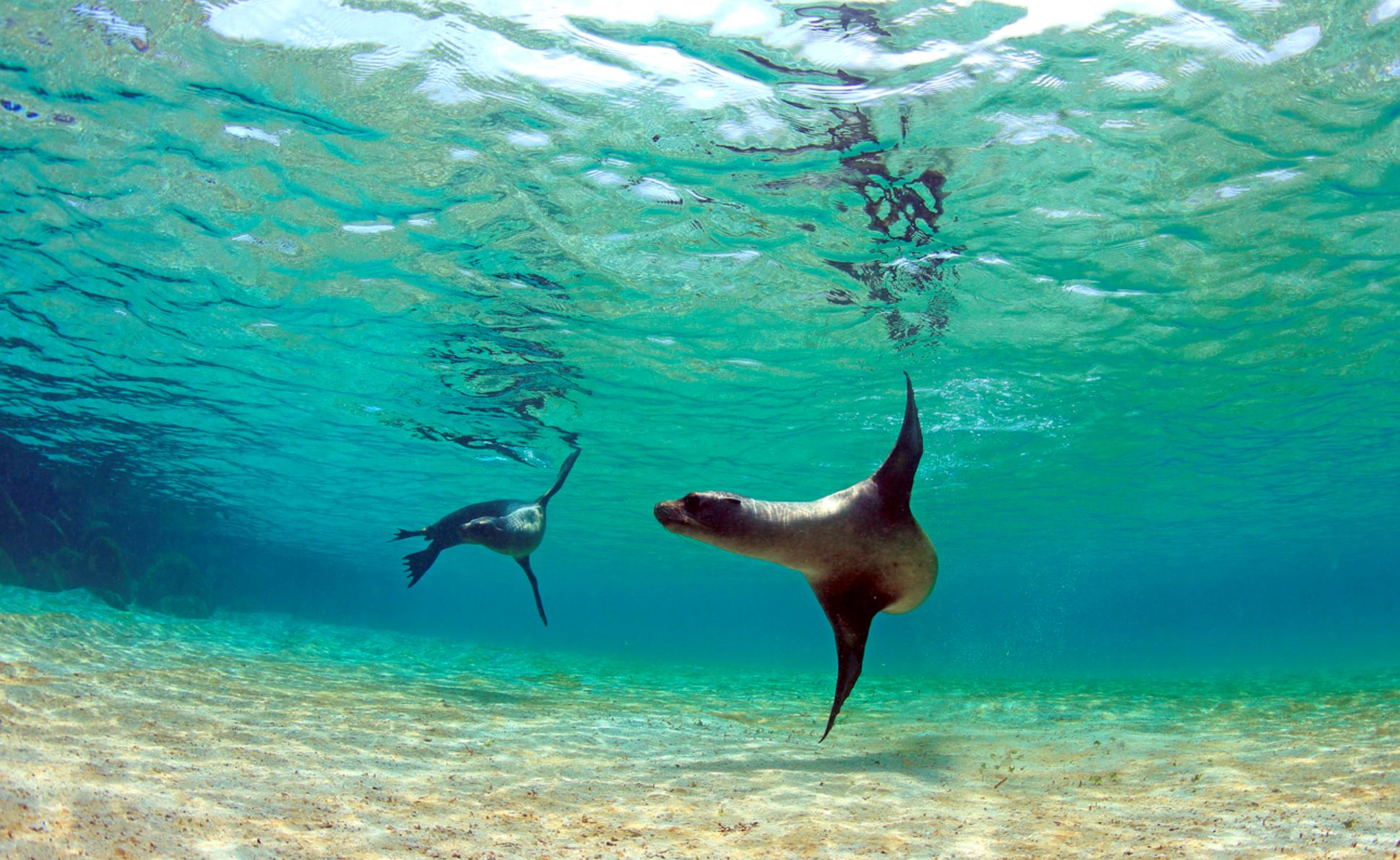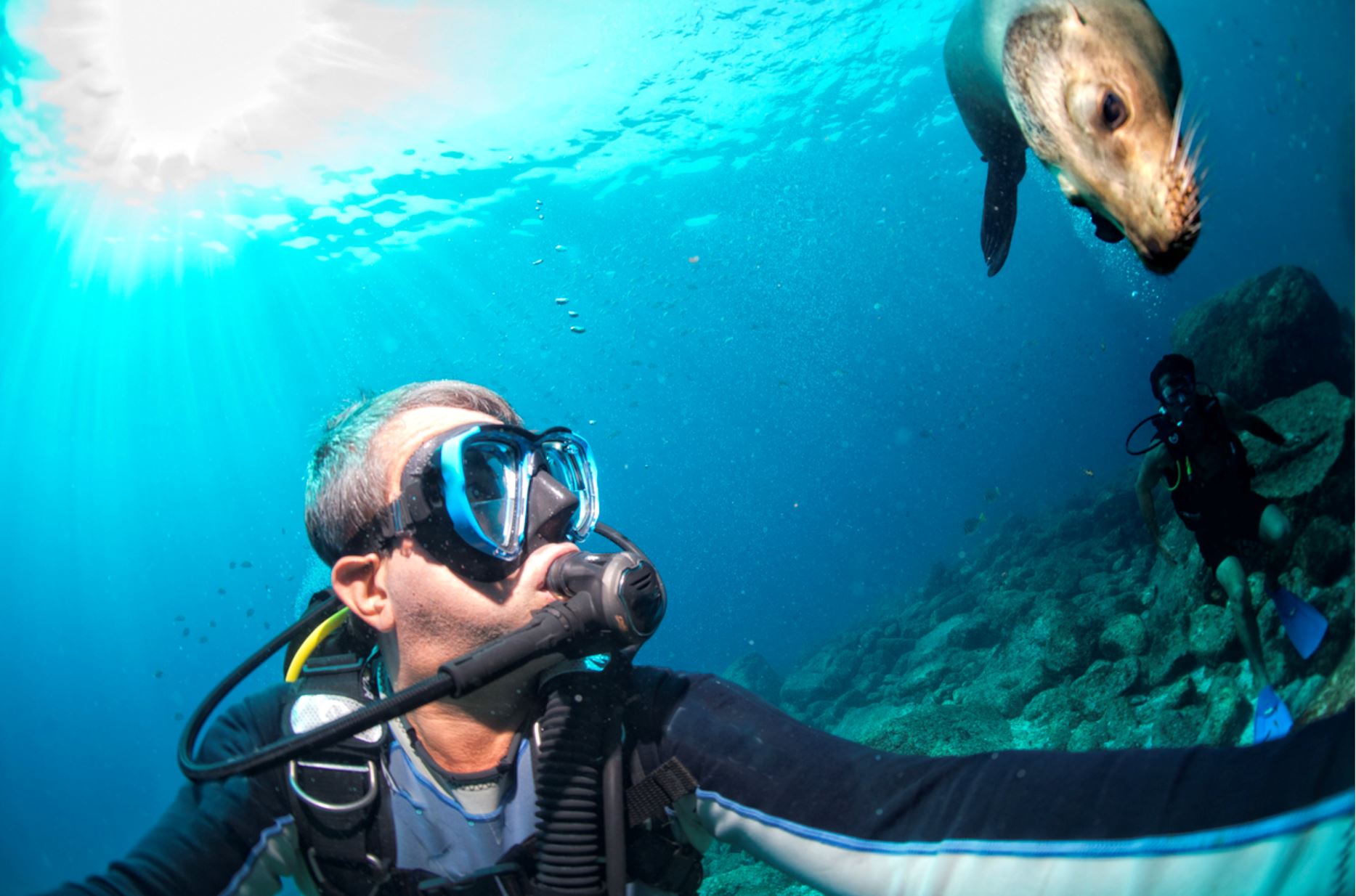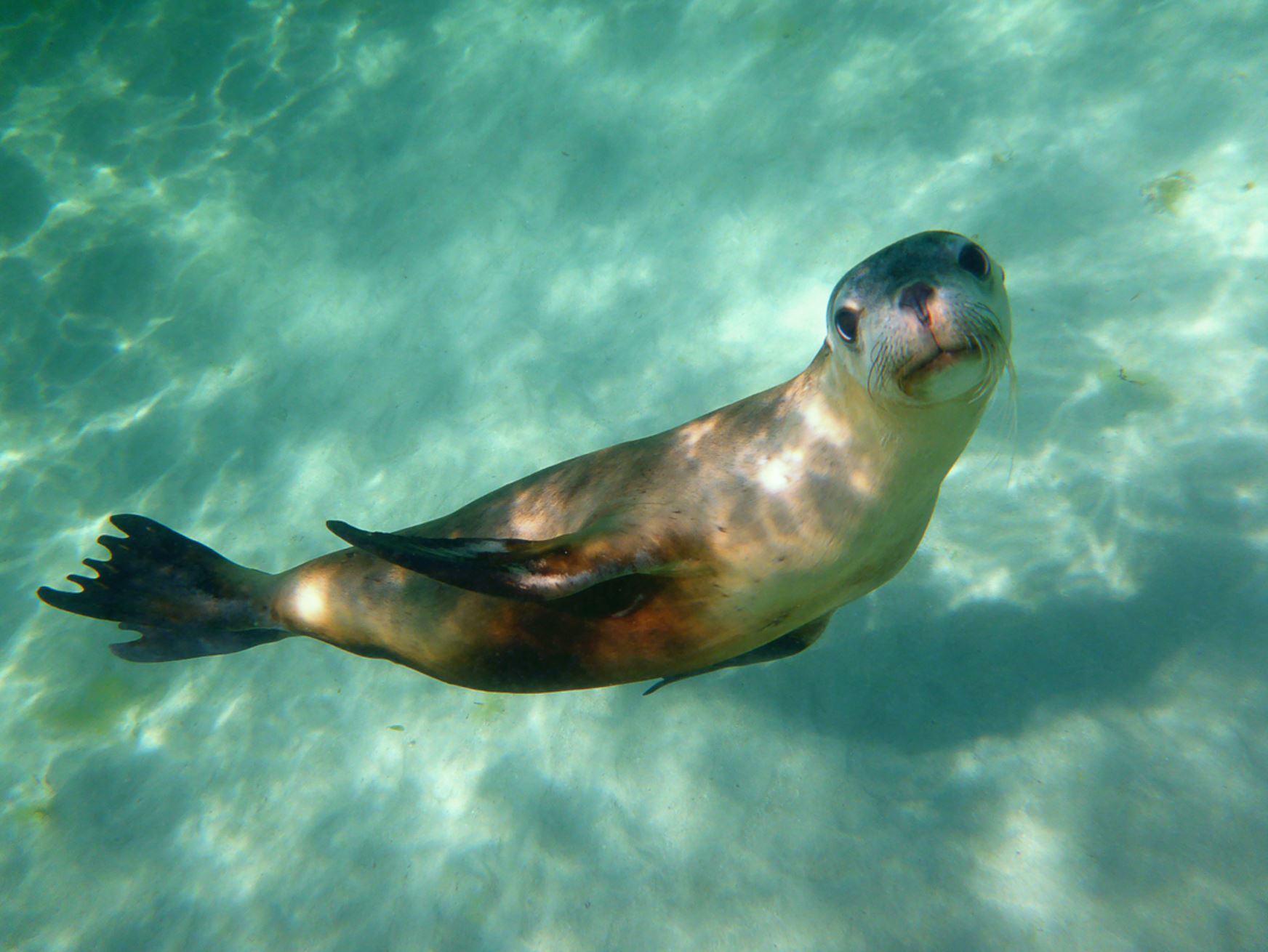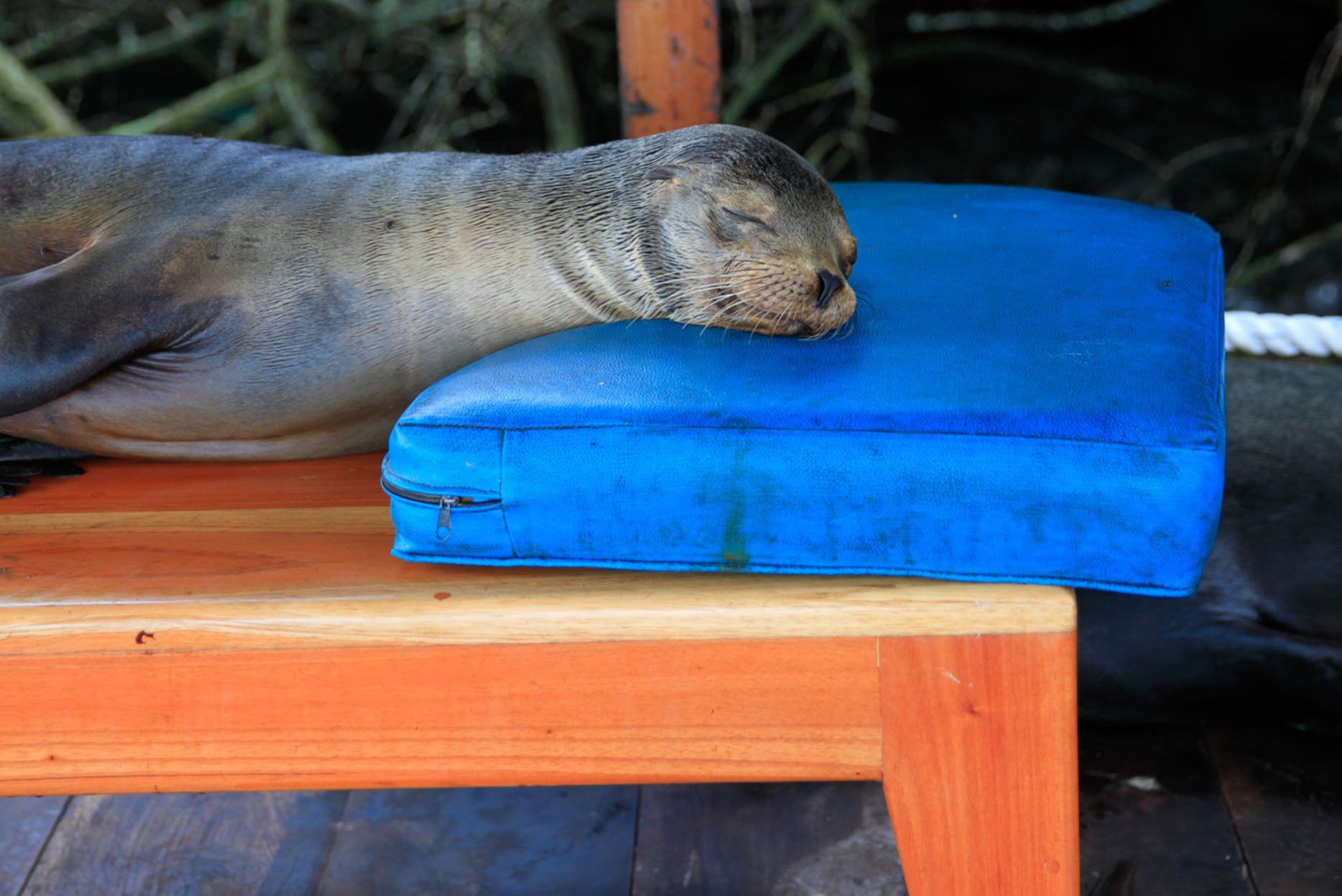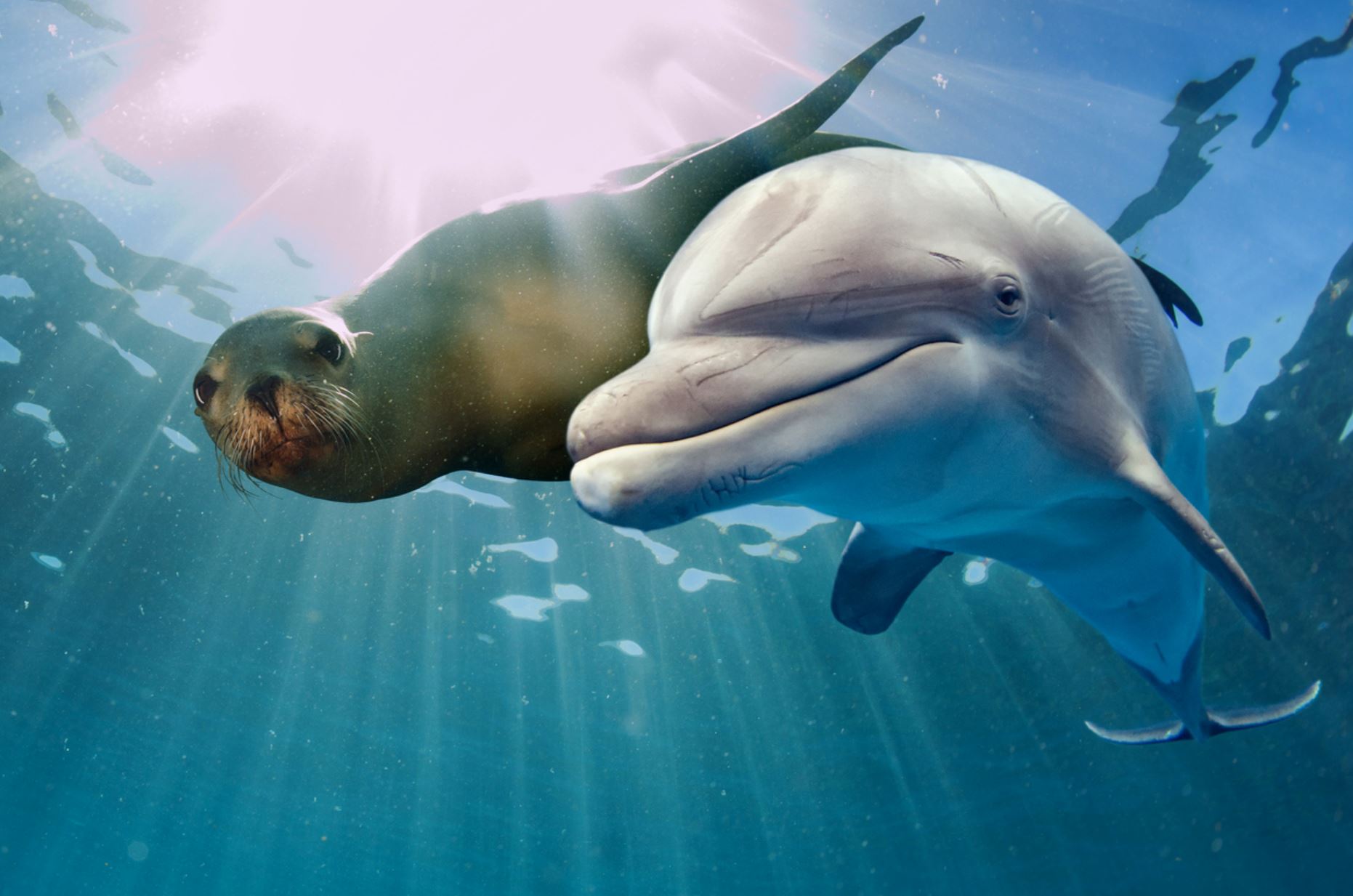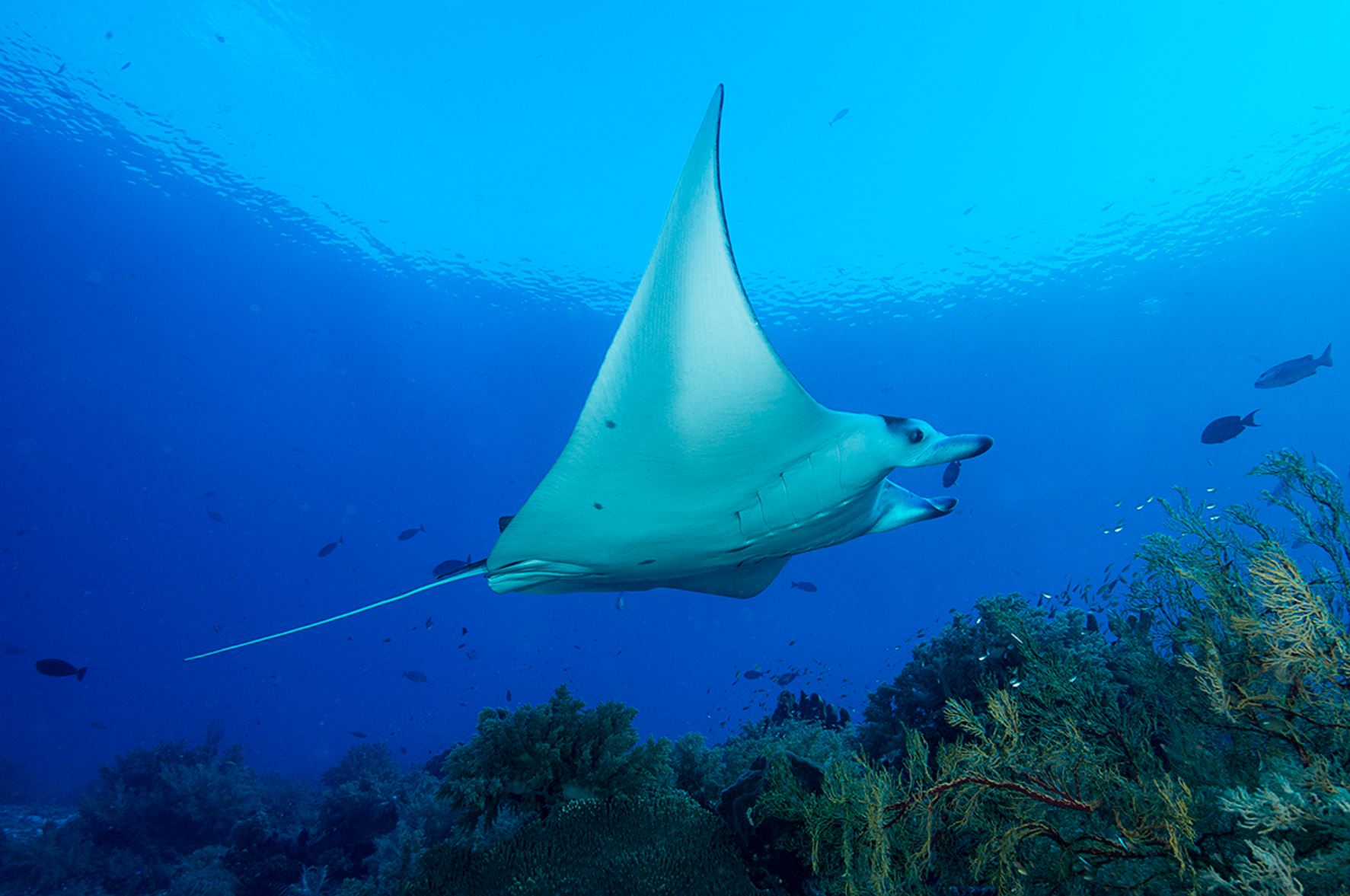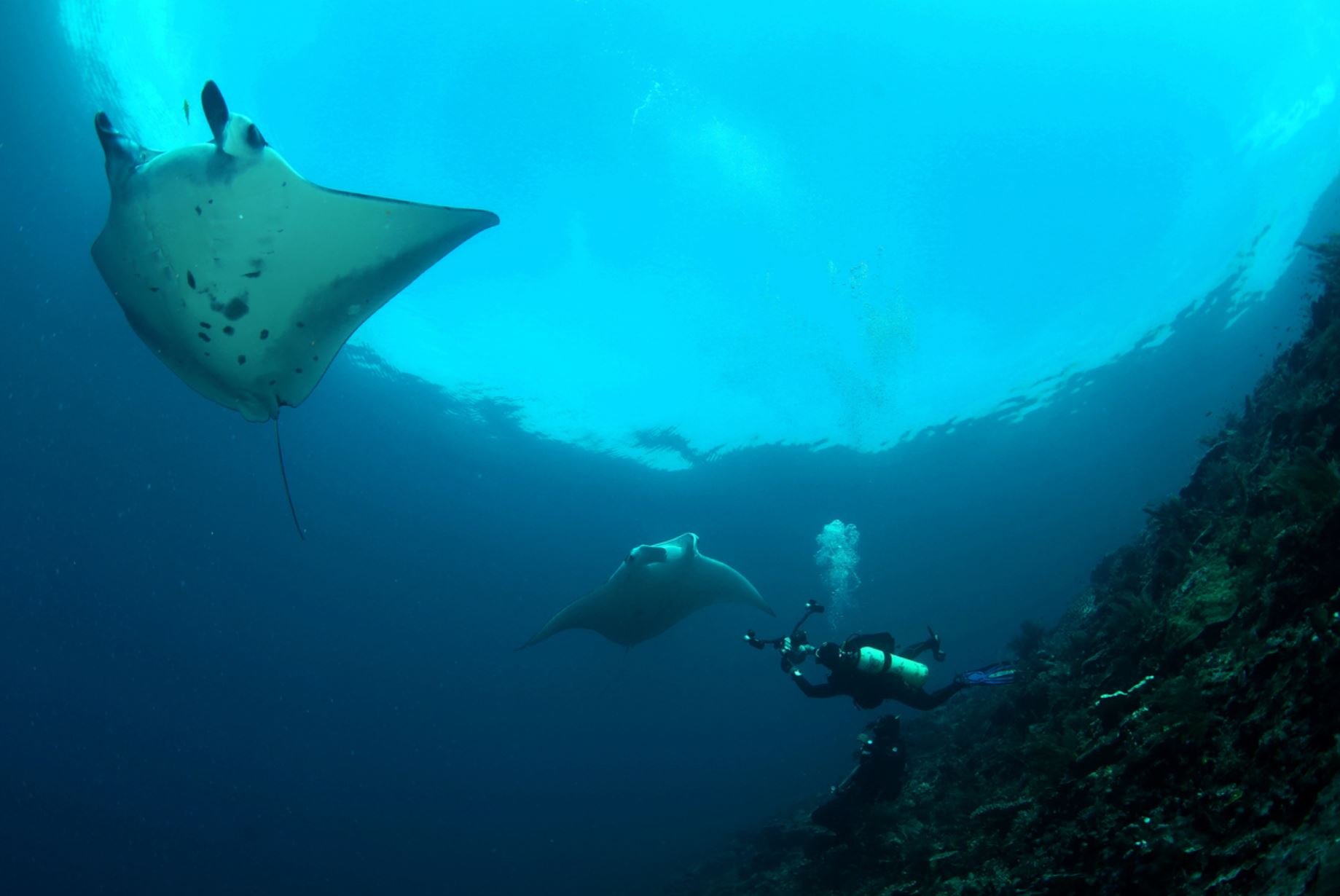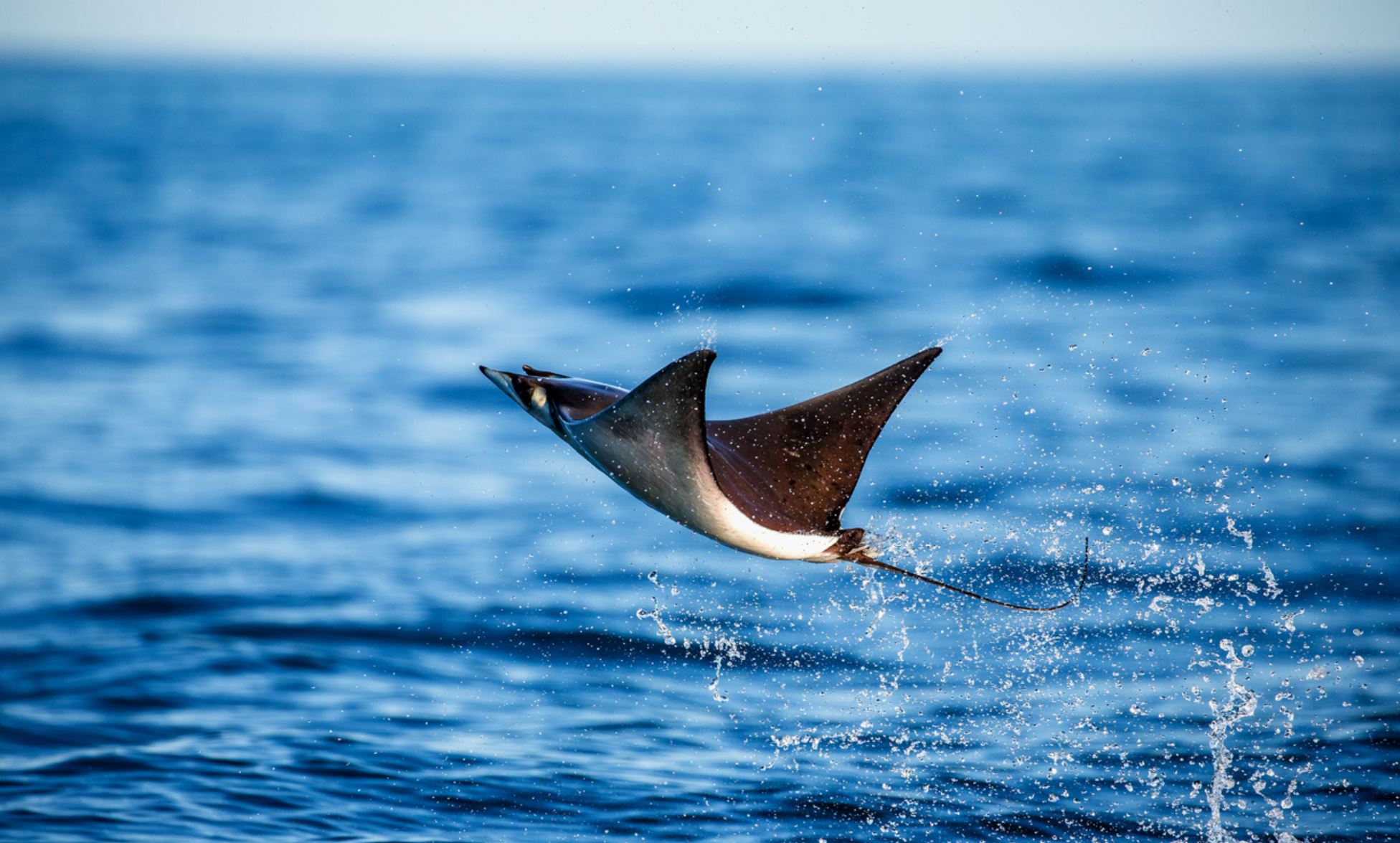Mosquera
Animals/Wildlife



Landscape/Views


Snorkeling




Beaches




Belongs to Baltra island. Fantastic white beach with a lot of sea lions and a very good diving spot.
Pictures
Highlights / Places to Visit
Mosquera Marine Life
Animals that can be seen on the island
Galapagos Sea Lion
There are two species of sea lions in the Galapagos: the most common one is the Galapagos sea lion (Zalopus wollebacki) and the other one is the fur seal (Arctocephalus galapagoensis). Both are endemic to the Galapagos and are believed to have traveled south from North America and northern locations.
The Galapagos sea lion is one of the most emblematic animals of the Galapagos, with a hight of 1.50m to 2.50m (60 to 100 inches) and can weigh up to 250k (550lb). These sea lions are different from their relatives in California, being smaller and more sociable. They have external ears and the capacity of using their strong frontal fins to gallop inland and climb the rocky shores of the islands. The Galapagos sea lion, prefers the beach to the rocks and form colonies on them.
This species presents sexual dimorphism, which means they have physiological differences between the genders. Males are usually three to four times bigger than females and are usually darker in fur tones, additionally, the adult males present a bump in the head known as sagittal crest. Sea lions are fully developed at the age of ten years old but are sexually active at six years old. Females live up to 24 years and males usually about 18 due to the extra energy expense during all the reproductive life.
When forming a colony, only one Alfa male will reproduce and take care of the whole group, in some areas like San Cristobal you can observe colonies of more than 300 in a single beach. During mating season (July to December) the males fight for territory and for reproduction. This can be an extreme show of strength and speed.
Females have one pup a year that takes 11 months to be born. The pup lactates from the female every day, after she returns from fishing, for as long as two years, sometimes competing with the previous year new born. Sea lions, do not synchronize their breeding, this results in one of the reasons for the decreasing numbers.
Sea lions feed mainly on small fish, sardines, squid and other mollusks. Data has revealed that they can dive down to 200 meters and hold their breath for more than 20 minutes.
Their natural predators are sharks and orcas, whales very rarely fish sea lions in the Galapagos. The biggest colony of sea lions of the archipelago is in Puerto Baquerizo Moreno and San Cristobal. Here these animals cohabit with humans, preferring the populated beach, to the isolated ones of the island.
The fur seal is smaller than the sea lion, about 1.5m (5ft). This subspecies is very shy and rare to see. They prefer the rocks, to the beach and they have nocturnal habits. Fur seals are less in numbers when compared to the sea lion, as they were heavily hunted back in the day by the first colonizers.
- Animal Group: Mammals
- Scientific Name: Zalophus wollebaeki
- Animal Average Size: 150 - 170 cm
- Animal Average Weight: 60 - 100 kg
Fernandina, Isabela, Genovesa, Santiago, Rábida, Santa Fé, Daphne Major, North Seymour, Mosquera, Floreana, Española, San Cristobal.
Mobula Rays
There are various ray species that can be spotted in Galapagos, all quite striking for different reasons. Spotted eagle rays have a black top side with luminescent-looking white dots, manta rays can have a width of up to eight metres and you might even miss the golden rays as their sandy coloured topsides are fantastic camouflage against the sea floor.
Rays are cartilaginous fish that are closely related to sharks. They have a very flat, circular body shape and a long tail. Manta rays are even named after their flat bodies as manta translates to ‘carpet’ in Spanish. They are very graceful swimmers and instead of swimming side-to-side like sharks, rays move in an undulating top-to-bottom motion. So, when they are swimming, their fins look like wings during flight. Their flattened bodies also allow rays to hide against the sea floor. For example, stingrays can wait underneath a thin layer of sand whilst waiting for their prey to arrive.
Fish reproduction varies a lot. Rays lay eggs but carry them within their bodies for roughly a year. Once the eggs hatch, rays expel them from their body. This process is known as ovoviviparous.
Animal Group: Marine life
Scientific Name: Myliobatiformes species
Animal Average Size: 1 - 8 m
Animal Average Weight: up to 1300 kg
Places where you may see Mobula Rays in Galapagos: Isabela, Santiago, Marchena, Mosquera, Floreana
Location
Mr. Frobeen can give you precise information about the ships.
Mr. Frobeen will be happy to advise you by phone at +49 (0)7633 9399360 or via email info@frobeen.de
If you want to book, what are the payment methods?
The reservation is gratis as an option.
If you want to make an fixed booking, there is to pay a deposit of 20%.
The remaining payment is due 4 weeks before departure. In individual cases, such as diving cruises, other rules apply. Information on request.
- Your payments are insured against bankruptcy!

